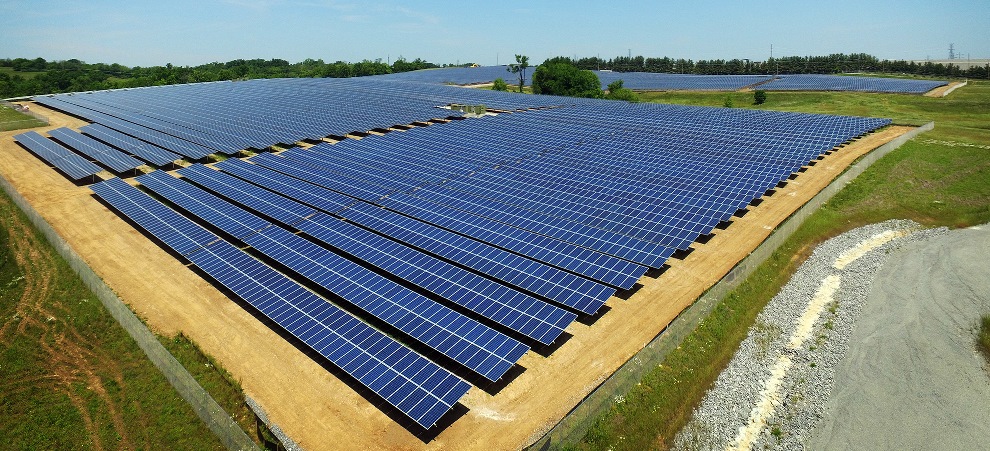In June of 2016, 44,600 solar panels came to life near Lexington—marking the first utility-scale clean energy project in the state of Kentucky.
Three months later, with a thunderclap and a cloud of dust, a 34-story tower at Kentucky’s Big Sandy coal-fired power plant came crashing down. The massive Big Sandy plant burned 90 railcars of coal a day, and emitted more than 5.6 million tons of carbon dioxide a year.
Meanwhile, in Philadelphia, Earthjustice managing attorney Shannon Fisk glanced at a piece of hate mail among the coal case research strewn across his desk and smiled at a job well done.
He’s proud of his work to replace coal power with renewables, especially in states like Kentucky where, until recently, coal was king. Historically, more than 90 percent of Kentucky’s electricity has come from coal.
Kentucky has extracted more than 13 billion tons of coal since it was first mined there in 1790. The state’s coal helped power two world wars, and “black diamonds” are still embedded deep in the local culture. But now, as the economics of energy shift, Kentucky and other coal-producing states are tiptoeing toward cleaner, cheaper alternatives for electricity like wind and solar.
In 2014, when the Louisville Gas and Electric utility came to the commission with plans to build a 50-acre, 10 MW solar farm at the E.W. Brown Generating Station 50 miles outside of Lexington, Earthjustice stepped in on the utility’s side. Earthjustice argued that investing in solar was cost-effective for customers and a way for Louisville Gas and Electric to try adding intermittent power sources, such as wind and solar, to the grid.
When the commission agreed to the solar farm in December 2014, it set a precedent—the commission had never before approved a renewable energy project. The solar farm is now the largest in Kentucky, but other, smaller installations are in the works.
Photo courtesy of E. W. Brown Generating Station.

